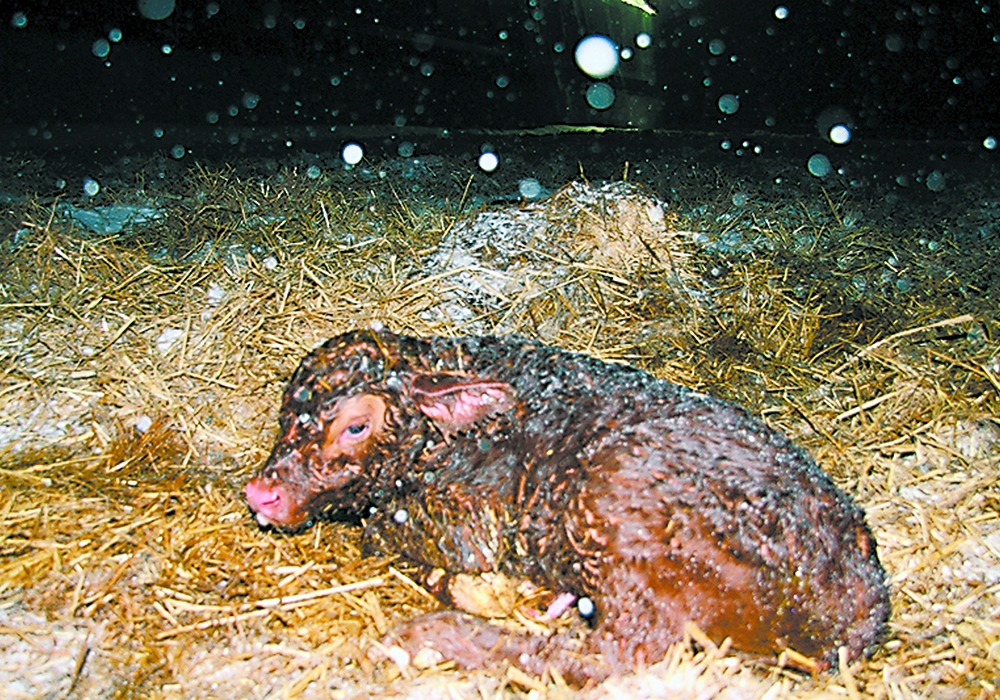Producers on the eastern Prairies struggle with sick cattle and slow-growing pastures following spring storms
Cattle producers on the eastern Prairies are beginning to recover from the spring storm onslaught but need good weather to feel like they’ve moved out of survival mode.
“If we can get some heat things will start growing,” said Carson Callum, general manager of Manitoba Beef Producers.
“The up and down temperatures have made things come in very slow, and even the ability to get their animals onto the field hasn’t been there for everybody.”
Not only is grass and hay growth well behind normal for this time of year in southeastern Saskatchewan and across Manitoba, but farmers are struggling to help sick calves recover from the difficult conditions they were born into.
Read Also

Organic farmers urged to make better use of trade deals
Organic growers should be singing CUSMA’s praises, according to the Canadian Chamber of Commerce.
“It was a series of events that unfolded,” said Saskatchewan Stock Growers Association general manager Chad McPherson.
“It takes a while for the health issues to pop up.”
Those health issues involve pneumonia and scours for the calves, and foot issues for all the animals caught on cold, dank pastures and in saturated yards and enclosures.
The past weeks have been a brutal challenge for many producers, but the situation is worsened due to the lingering drought problems many had grappled with for a year. Farmers have been short of feed and bedding, pastures have been chewed up and set back by terrible growing conditions, and whatever feed stores farms had have been consumed over the long winter and cold spring.
It left many farmers feeling anxious as the Saskatchewan Stock Growers Association held its annual meeting in Assiniboia, June 5-7.
“The west is dry and the east is wet and the middle of the province is in relatively good shape, but we remember what happened very quickly last year,” said Caron producer and SSGA president Kelcy Elford as he got ready to meet with other cattle folk.
“This whole industry is under extreme pressures from rising input costs, tax increases (like the carbon tax), and the packers are taking the lion’s share of the profits. It’s stuff that’s beyond a producer’s control.”
Some cattle producers lost more than 100 calves during the spring blizzards and storms, with a number ineligible for any compensation due to federal restrictions on gross revenues.
Manitoba farmers lost more than 3,000 calves during the spring onslaught and many are still trying to stave off sickness losses.
“Producers have their vets on speed dial right now,” said Callum.
McPherson said cattle producers just want to get back to normal conditions so they can get their herds back into good health and good shape.
“For two or three weeks it was a rough grind, trying to keep the animals alive, fighting the blizzard,” said McPherson.
“Calving season’s enough without having to deal with sick calves and calf-killing blizzards.”
















